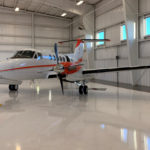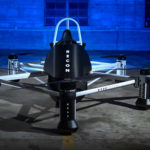As NASA prepares to send astronauts back to the Moon under Artemis, the agency has identified 13 landing regions near the lunar South Pole.
Each region contains multiple potential landing sites for Artemis III, which will be the first of the Artemis missions to bring crew to the lunar surface, including the first woman to set foot on the Moon.
“Selecting these regions means we are one giant leap closer to returning humans to the Moon for the first time since Apollo,” said Mark Kirasich, deputy associate administrator for the Artemis Campaign Development Division at NASA Headquarters in Washington.
“When we do, it will be unlike any mission that’s come before as astronauts venture into dark areas previously unexplored by humans and lay the groundwork for future long-term stays.”
Candidate regions for Artemis III lunar landing
Faustini Rim A
Peak Near Shackleton
Connecting Ridge
Connecting Ridge Extension
de Gerlache Rim 1
de Gerlache Rim 2
de Gerlache-Kocher Massif
Haworth
Malapert Massif
Leibnitz Beta Plateau
Nobile Rim 1
Nobile Rim 2
Amundsen Rim
Six degrees of latitude from lunar South Pole
Each of these regions is located within six degrees of latitude of the lunar South Pole and, collectively, contain diverse geologic features.
Specific landing sites are tightly coupled to the timing of the launch window, so multiple regions ensure flexibility to launch throughout the year.
To select the regions, an agencywide team of scientists and engineers assessed the area near the lunar South Pole using data from NASA’s Lunar Reconnaissance Orbiter and decades of publications and lunar science findings. In addition to considering launch window availability, the team evaluated regions based on their ability to accommodate a safe landing, using criteria including terrain slope, ease of communications with Earth, and lighting conditions.
To determine accessibility, the team also considered combined capabilities of the Space Launch System rocket, the Orion spacecraft, and the SpaceX-provided Starship human landing system.
Subscribe to the FINN weekly newsletter
Get involved with Space-Comm 2022

